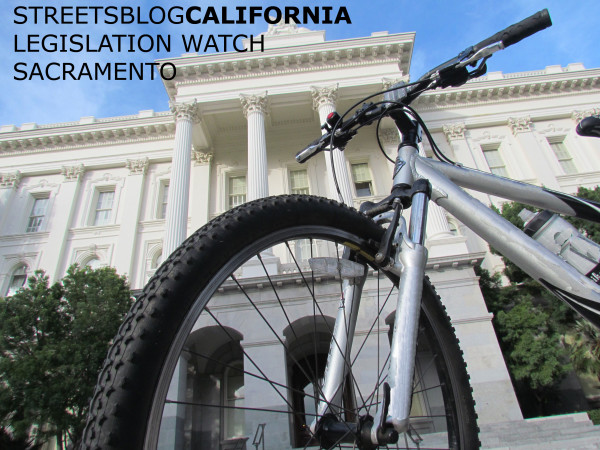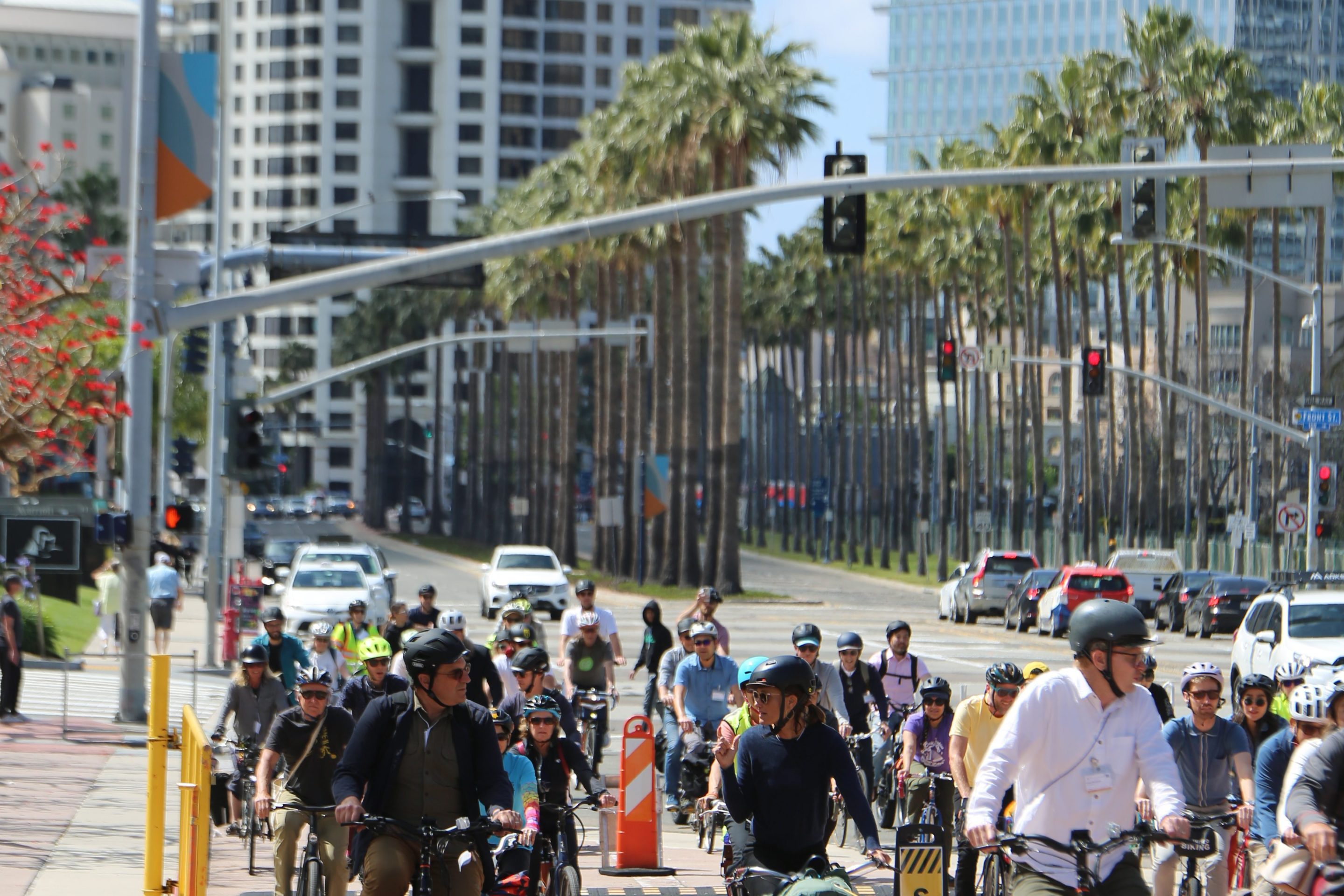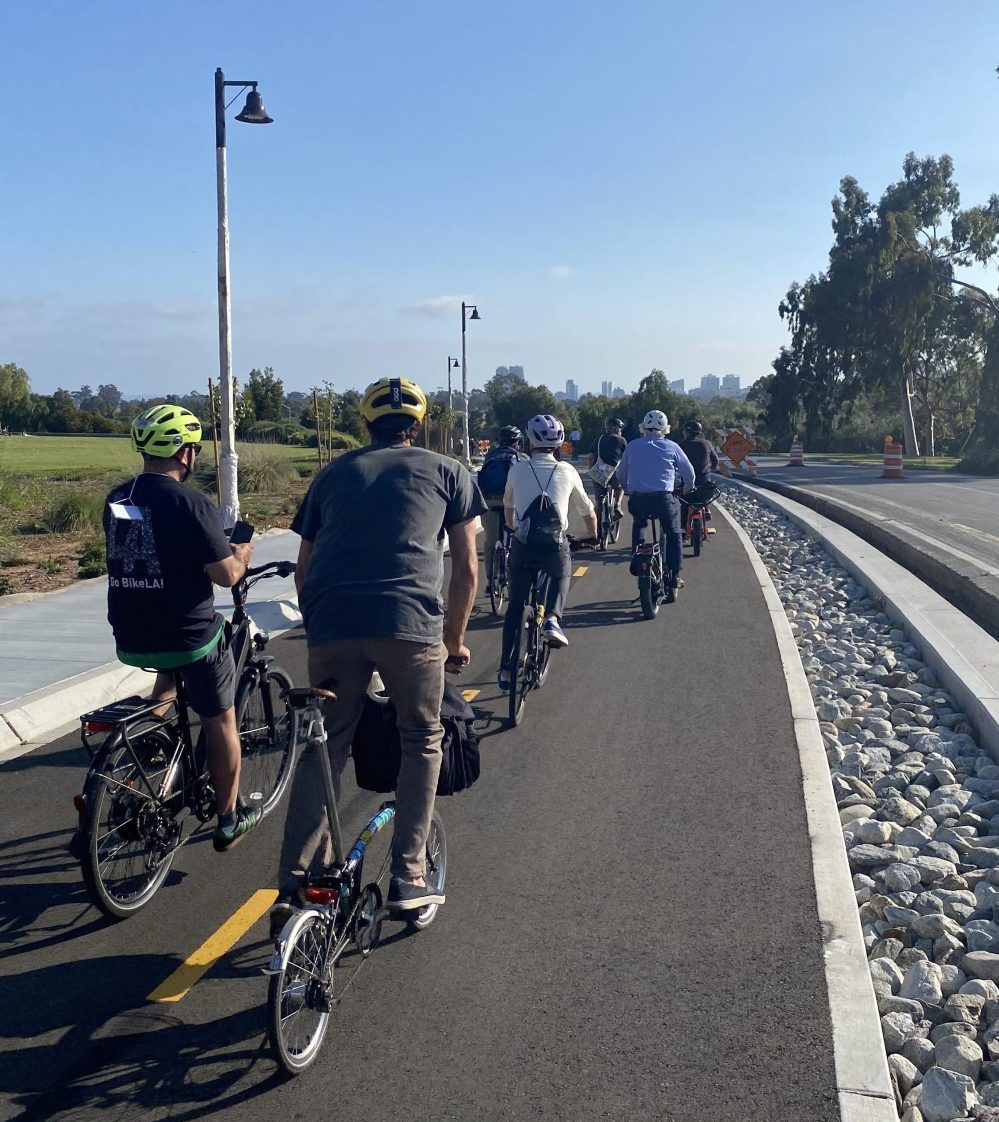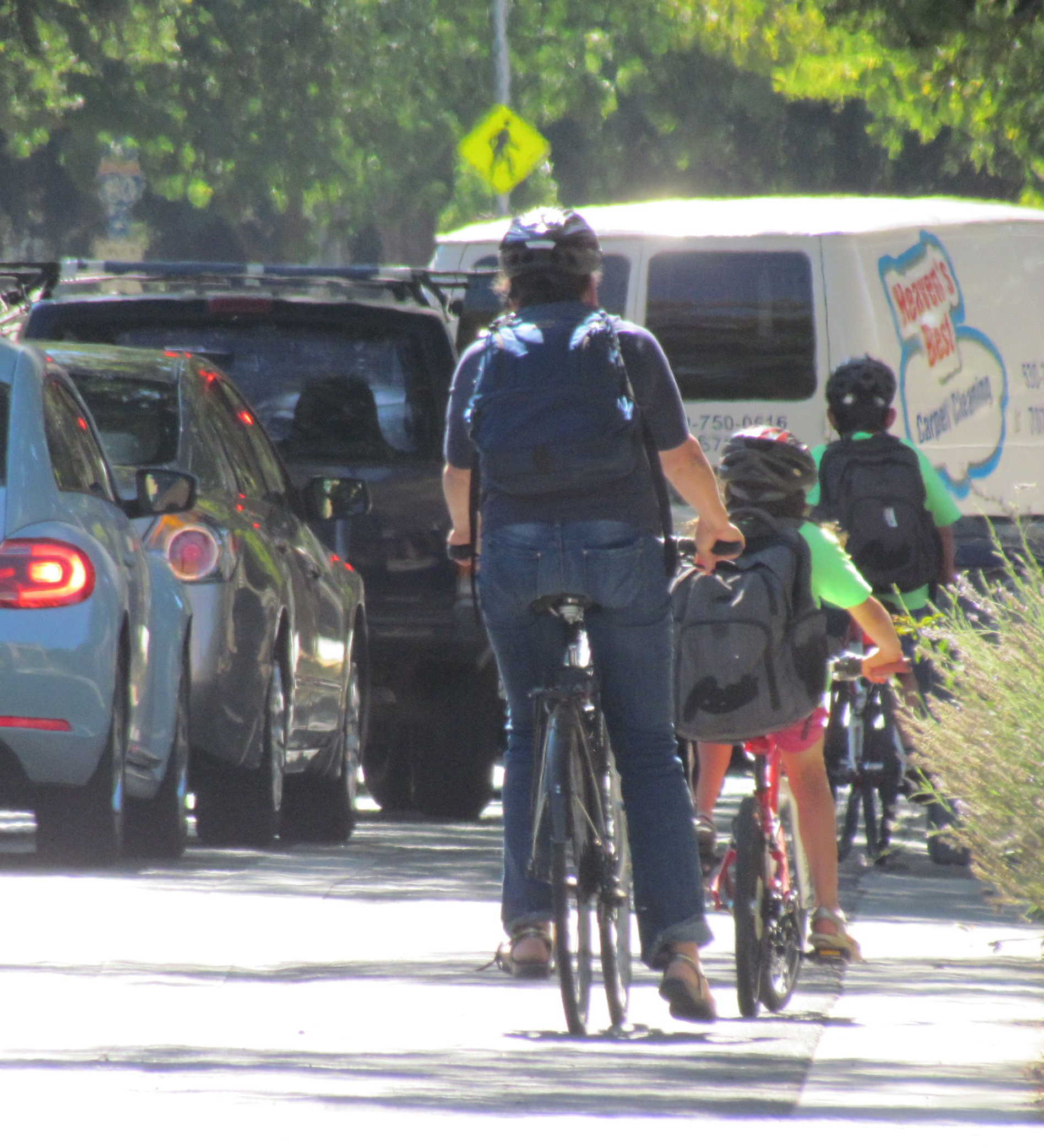Last week, the California legislature put off making a decision on how to spend the portion of cap-and-trade revenue that hasn't already been allocated. Meanwhile Senator Jim Beall (D-San Jose) is shepherding through a bill, S.B. 9, that seeks to limit funds from one of the existing cap-and-trade programs to large, expensive transit projects.
The Transit and Intercity Rail Program receives ten percent of all cap-and-trade revenue, and currently the money is supposed to fund “capital improvements and operational investments to modernize California’s rail systems” with the aims of reducing greenhouse gas emissions, expanding and improving rail services to increase ridership, and improving rail safety.
Senator Beall wants to dedicate this entire amount—currently estimated at between $200 and $230 million—exclusively to large capital projects that cost more than $100 million. This would remove small, effective transit improvement projects from eligibility for cap-and-trade funds.
Beall believes that large projects give “more bang for the buck” in terms of greenhouse gas emissions. But others dispute that view. Josh Stark of TransForm points to a study conducted by the Bay Area's Metropolitan Transportation Council [PDF] that showed that large capital projects don't necessarily perform better than smaller projects when it comes to reducing greenhouse gas emissions (GHGs).
“There's no correlation between the size of a project and GHG reductions per dollar,” said Stark. The MTC study found that, of the top five most beneficial projects in terms of GHG reductions, two had capital costs significantly less than $100 million, and two were composites of several projects, which included ones that cost less than that amount. And of the fifteen found to be the least beneficial, fourteen cost over $100 million.
The bill would also make it difficult to comply with laws requiring greenhouse gas funds to benefit disadvantaged communities. “By limiting eligible projects to ones with large capital costs, you make it much more difficult for low-income communities to apply for funding,” said Stark. Another provision in the bill would give priority to projects that have access to significant out-of-state funding, which could be difficult for disadvantaged communities to procure. Stark warns that the bill could “warp the conversation around what defines 'benefits' to those communities, as large projects may claim to benefit low-income communities when they don't.”
“We've worked hard to make sure those benefits are real,” said Stark.
Beall amended the bill in April to make ten percent of the funds available for smaller projects, and then amended it again last week to allow them to apply for up to thirty percent of the pot, but opposition has not gone away. TransForm remains opposed [PDF], and several transit agencies have weighed in against the bill.
“We don't think it's fair to limit the pot of money available to transit projects based on the size of the project,” said Clarence Johnson of AC Transit, a major bus operator in the Bay Area. Even the amended 70-30 split favoring large projects “is not equitable, particularly regarding bus operators” who would have a harder time gaining access to the funds. “It would severely hamper our ability to use cap-and-trade funds to make necessary purchases,” said Johnson.
Wendy Williams, communications director at the Antelope Valley Transit Authority (ATVA), says that limiting the funding to large projects would leave her agency out of the competition entirely. “We have a $23 million operating budget, with a fleet of 73 buses,” she said. “This bill would keep us from being competitive for these funds.”
S.B. 9 calls for projects funded by the program to be “transformative capital improvements that will modernize California's” rail and bus system. “We don't believe a 'transformative' project has to cost $100 million,” said Williams. “It could cost only $35 million.” That's about what it would take to electrify the ATVA's entire fleet of buses, something the agency envisions doing in the next five years.
“Why not look at these projects based on their merit?” she said. “If a project that costs $100 million is worthwhile, then let the judges of those grants make those decisions. Don't automatically exclude smaller agencies.”
S.B. 9 would also remove operating funds from the program's list of eligible uses, although it is currently the only source of cap-and-trade funds that can be used for transit operations. As currently defined, only operations costs that expand or improve service are eligible. The aim is to increase ridership, thus theoretically cutting down on private auto trips and decreasing greenhouse gas emissions.
But TransForm's Stark has a different take on service improvements. “There's concern that if you are just making things better for people who are already taking transit, then you're not getting a GHG reduction,” he said. “But transit is an ongoing service that competes with other modes. Riders are constantly deciding whether to take the bus or find some other mode.”
“That's what we're trying to get across: it's not just about capital projects,” said Stark. It's about making transit work well for everyone, so that more people choose it more often. And there are many ways to reach that goal, not confined to building large, expensive projects.
S.B. 9 passed the Senate, and will be heard by the Assembly's Natural Resources and Transportation committees in the next few weeks.
See the TransForm blog for more on their perspective.
Email tips, alerts, press releases, ideas, etc. to melanie@streetsblog.org.
For social media coverage focused on statewide issues, follow Melanie @currymel on Twitter or like our Facebook page here.





